Introduction
- Holographic Data Storage
In conventional discs, digital data is recorded by bit-by-bit in the plane. Therefore, the recording density is mainly determined by the spot size of the focused beam (Fig. 1). This limitation is known as diffraction limit.
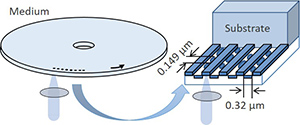
Fig. 1: Structure of BD
Diffraction limit is expressed as following equation.
d=0.61λ/NA (d: spot size, λ: wavelength, NA: numerical aperture)
Now, wavelength of the laser and numerical aperture of the lens are approaching the practical limit. By contrast, holographic data storage (HDS) can exceed these limitations and achive large capacity.
Holography is the technique to store the wavefront of the light by recording interference pattern of two beams. In the HDS, one beam is modulated into two-dimensional page data. The modulated beam is called as signal beam. Signal beam interfere with another beam which is called as reference beam. The interference pattern is recorded in the thick medium as the hologram. In this time, a number of holograms can be superimposed in the same volume by changing the condition of reference beam such as incident angle (Fig. 2). In readout process, reference beam is irradiated to the medium. When the readout condition is matched with recording condition, signal beam is reconstructed (Fig. 3).
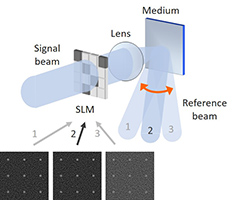
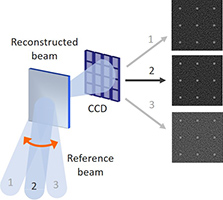
Fig. 2: Recording Fig. 3: Readout
We are aiming to establish extra-high density and ultrahigh rate HDS (Fig. 4 amd 5).
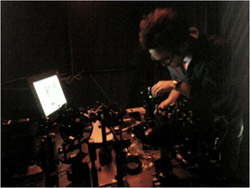
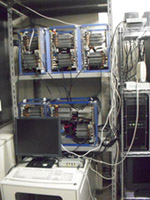
Fig. 4: Experiment Fig. 5: Computers for simulation